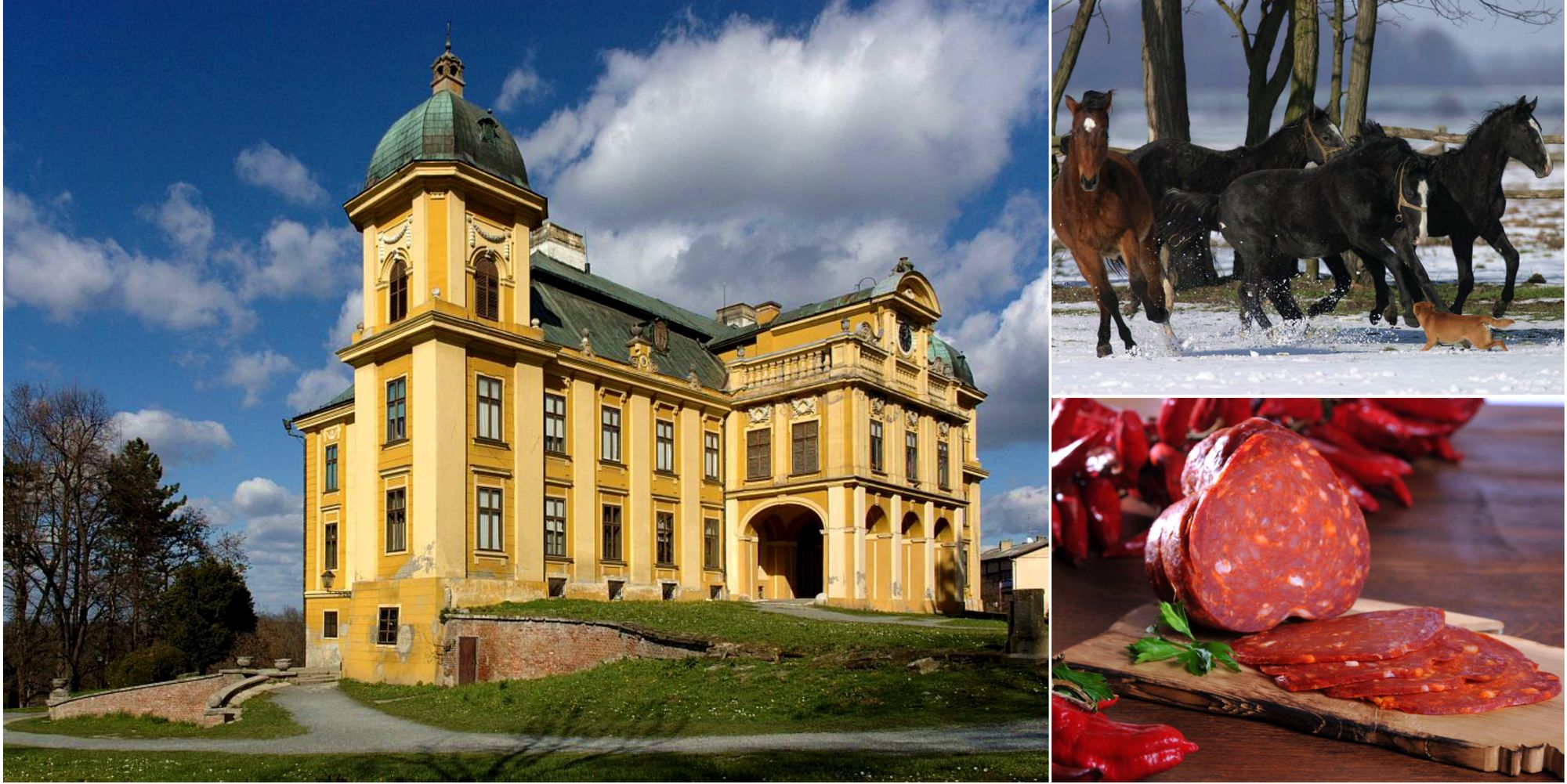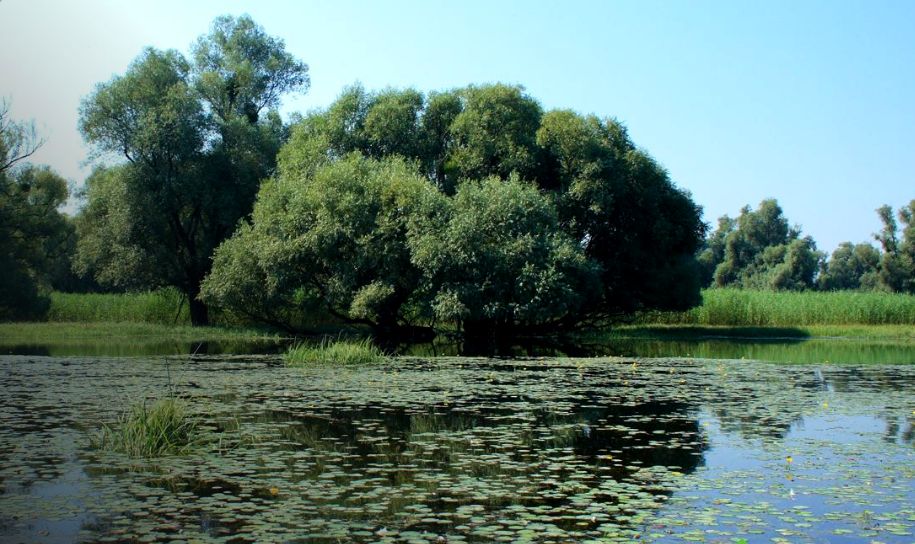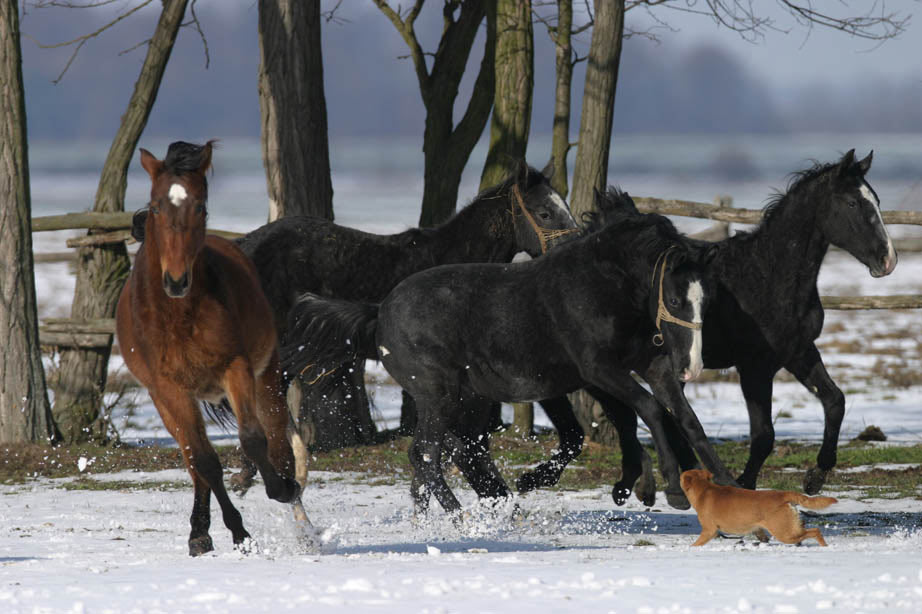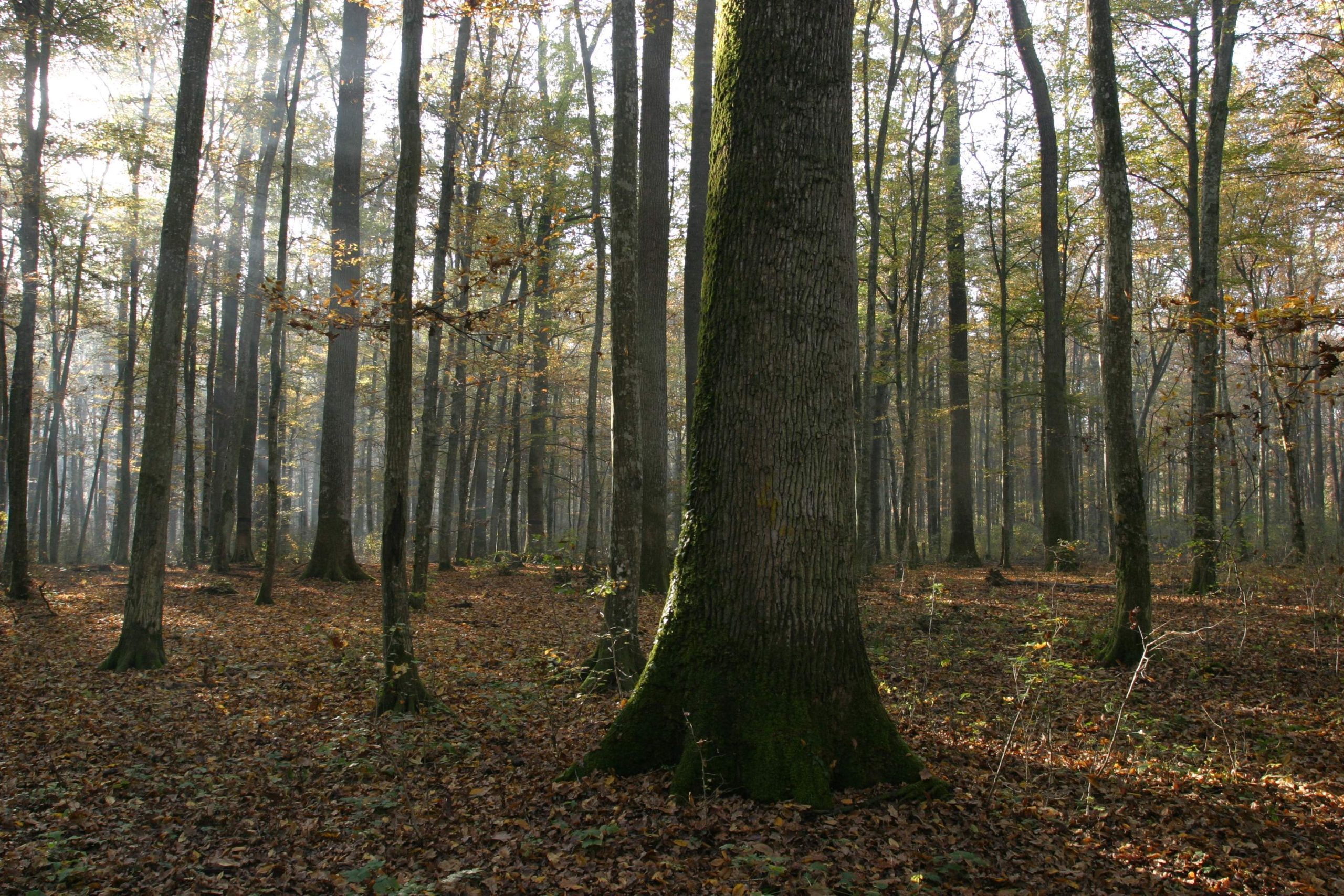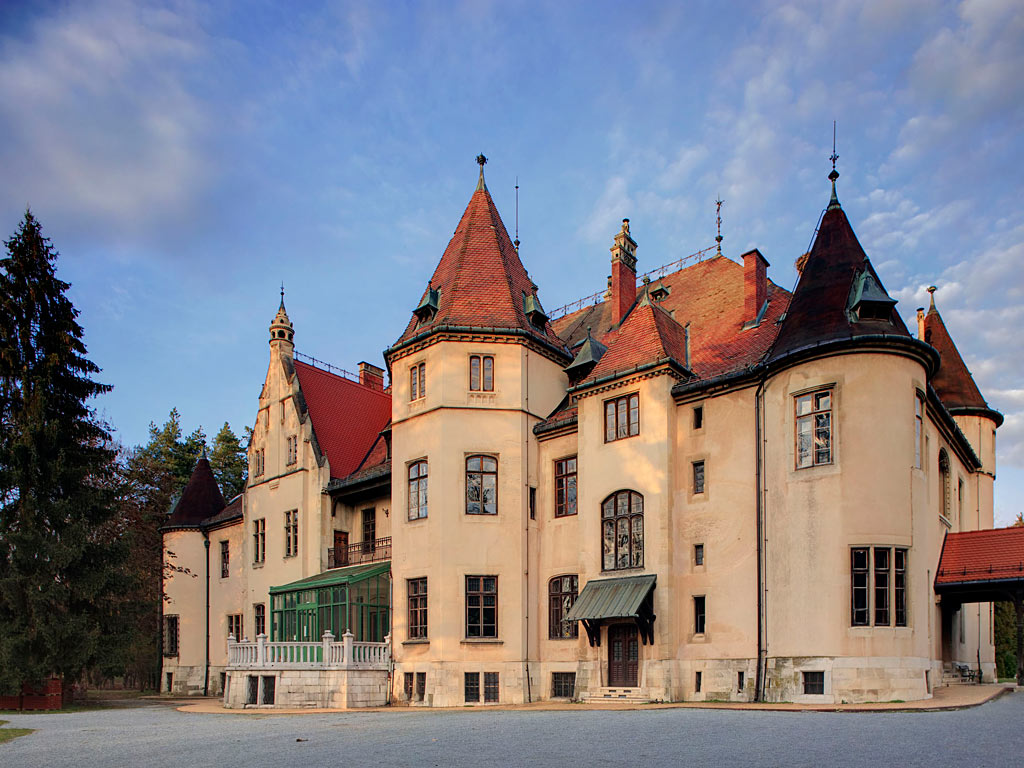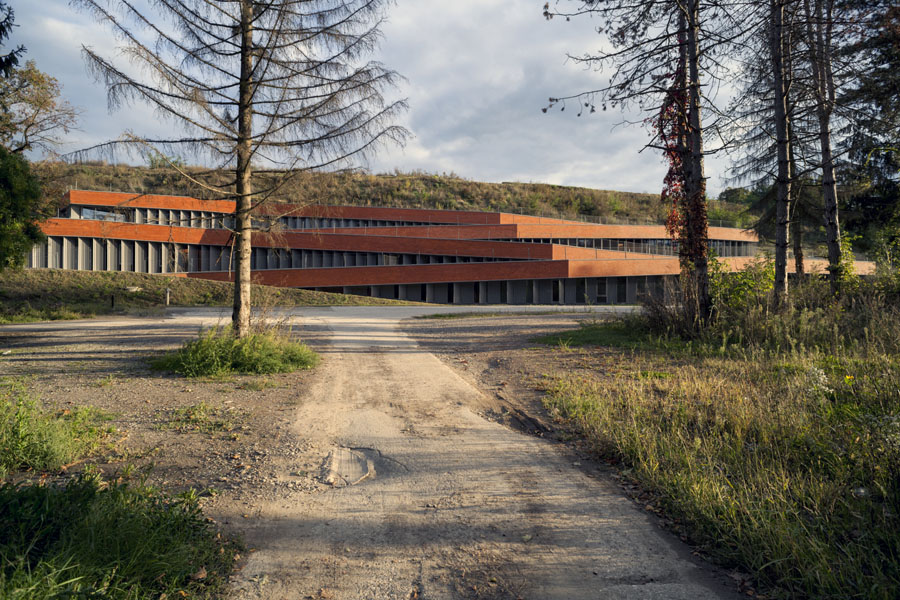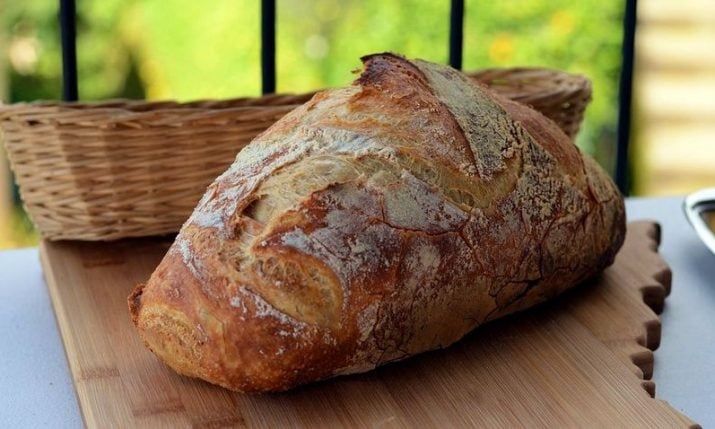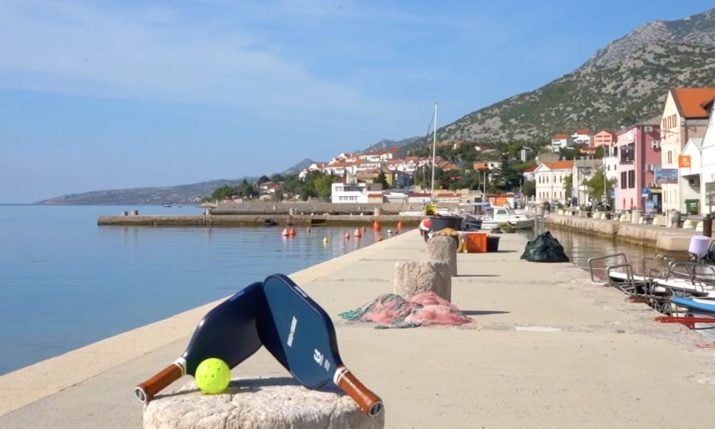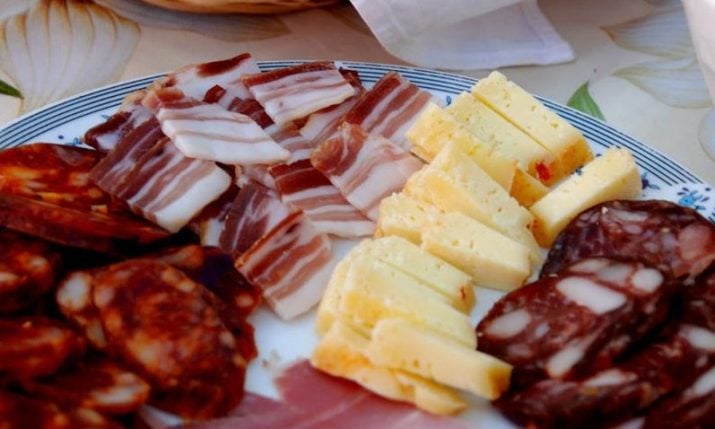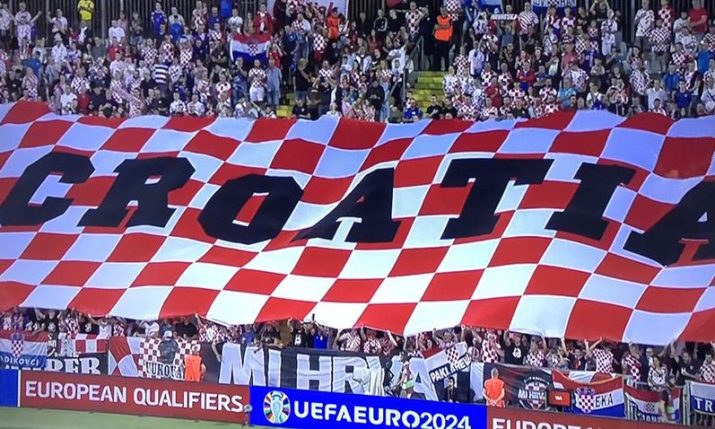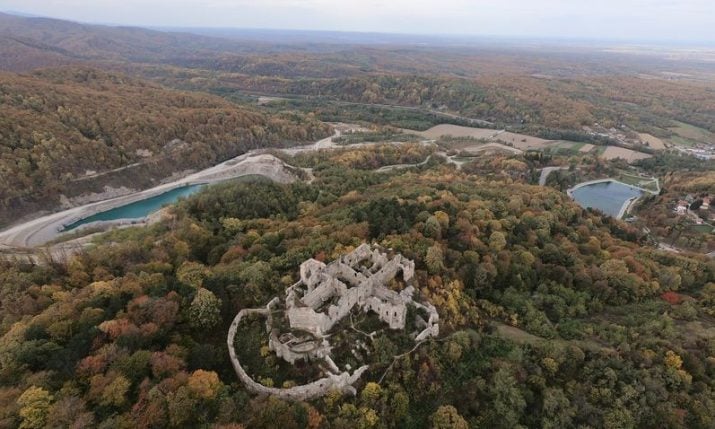10 Things to Check out When Visiting Slavonia
- by croatiaweek
- in Travel
By Iva Ralica
Slavonia is a region located on the north-east of Croatia. It is the area between the rivers Sava, Drava and Danube. Whilst the area does not have the same influx of tourists as Dalmatia and Istria has, it is a beautiful part of Croatia worth visiting for its rich cultural heritage, nature and its winemaking tradition.
Here are 10 things to check out when visiting Slavonia.
1. KOPAČKI RIT
The biggest preserved intact wetlands in Europe is located between the rivers Drava and Dunav (Danube). Because of its rich flora and fauna, in 1967. it became a nature park and protected area. There are around 290 various bird species, as well as fish species and deers, wild boars and wild cats, weasels, otters and many others. It also has more than 140 species of plant, sometimes found only in few places in Croatia. Through Kopački rit leads the international bicycle route and the bikes can be rented in the visitors centre. Beautiful to see is also the castle in Tikveš. It was a haunting centre for the noble families of Teschen and Habsburg and today it is the European Centre of Environment.
2. PAPUK NATURE PARK
Papuk is the largest mountain in Slavonia, near the city of Požega. It is a protected area and Croatian Geopark. It is perfect for recreation – mountaineering, hiking or horse riding, because its highest peak is 953 meters high. Visit Ružica grad which is the biggest Medieval fort in Slavonia and one of the biggest in Croatia.
3. THE STUD FARM IN ĐAKOVO
This farm was established in 1506 which makes it one of the oldest in Europe. Horses of the Lipizzaner breed are the most famous in this farm and have been bred here since the early 19th century. Even the English queen Elizabeth II. had visited the farm in 1972. Today there are around 160 Lipizzaner which can be seen in the biggest indoor riding hall in Croatia as well as in the outdoor locations.
4. THE STUD FARM IN LIPIK
The stud farm in Lipik was established in 1919, but it succeeded the one from Zagreb, established in 1850. During the Homeland war or the Croatian War of Independence in 1991, the farm was attacked and 88 horses were alienated. After the negotiations between the Croatian and the Serbian government, in 2007 some of the horses or their offspring were given back to Croatia. Today this is a home to 60 beautiful Lipizzaner horses.
5. SPAČVA FOREST
This is the largest Common Oak largest forest in Europe, it is as big as the Croatian island of Krk. The trees are around 80 to 120 years old. Many of the protected animal species can be found here. The area is also rich in watercourses of Spačva and Bosut that form beautiful landscapes such as Bošnjački and Otočki virovi.
6. THE AUTHENTIC VILLAGES IN SLAVONIA
There are many authentic villages left in these parts of Croatia, an one of them is Slavonski Kobaš. It is settled near the Sava river and hides interesting cultural monuments such as the Baroque church and the traditional houses. The roofs of the houses are home to many storks and these sights are always a beautiful experience! Also try the meat specialty, a flavoured sausage called kulen.
7. CASTLE PRANDAU – MAILATH
In 1818, near the Drava river and surrounded by nature and parks, the old castle in Donji Miholjac was built in late Baroque style. It had 14 rooms. Nearby a new castle was constructed in 1903. It contains 50 rooms, numerous towers and decorative chimneys and is influenced by the English Tudor style. Count Ladislav Mailath ordered this construction because his old castle didn’t have enough bedrooms to host the Emperor’s Franz Joseph’s party. Today the castles houses the municipal administration and special events and concerts, but can be visited on request.
8. OSIJEK
Located on the right bank of the river Drava, this is the largest city in Slavonia and the fourth largest in Croatia. It hides numerous buildings in baroque style, so beautiful to visit are the main square – Ante Starčević square, Tvrđa – the 18th century old town, shaped as a star, and the co-cathedral of St. Peter and Paul in a Neo-Gothic style. Across the river is one of the few zoos in Croatia.
9. PEJAČEVIĆ CASTLE IN NAŠICE & VIROVITICA
Built in the 19th century in Neo-Baroque style, s castle was a home to the famous first Croatian pianist Dora Pejačević. It is surrounded by beautiful parks and a lake. Nearby is also a “Small castle”, built in Neo-Classical style in the early years of the 20th century. Another beautiful castle, late – Baroque castle Pejačević in Virovitica is home to Virovitica Municipal Museum.
10. VUKOVAR CITY MUSEUM IN ELTZ MANOR & VUČEDOL CULTURE MUSEUM
This Baroque castle from the 18th century is the location of the Vukovar city Museum. It was founded in 1948 by a donation of Roman money, furniture, paintings and weapons by Dr. Antun Bauer. The museum was moved to this location in 1966. During the Homeland war the castle and the collections suffered damage. Today it is renovated and it is a complex of museum, gallery, science and multimedia center. Vučedol is one of the most significant archeological sites in Europe. This location was first inhabited in 6000 B.C. at the time of the first farmers and hides valuable traces of life and culture of the Prehistoric time.

